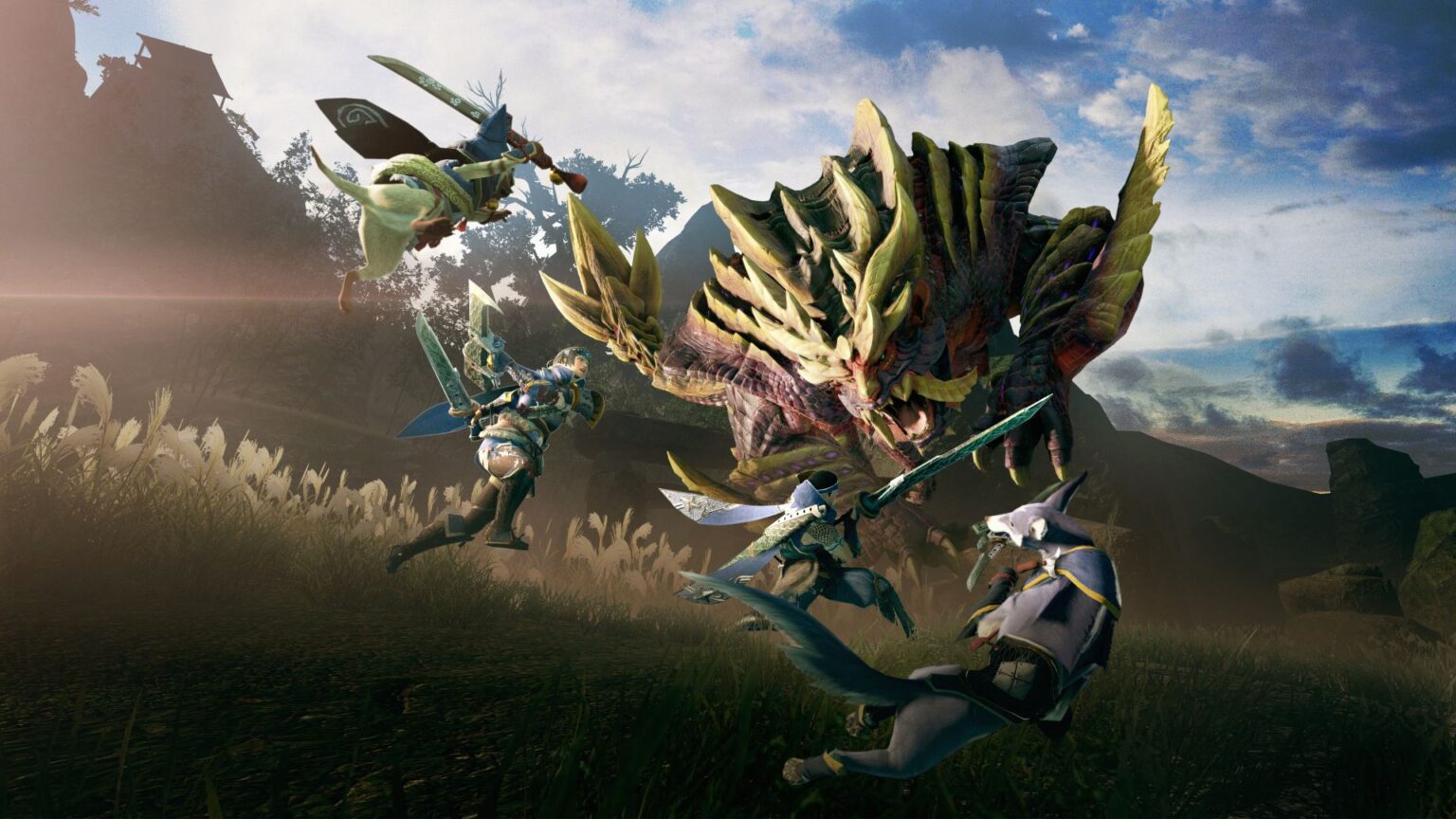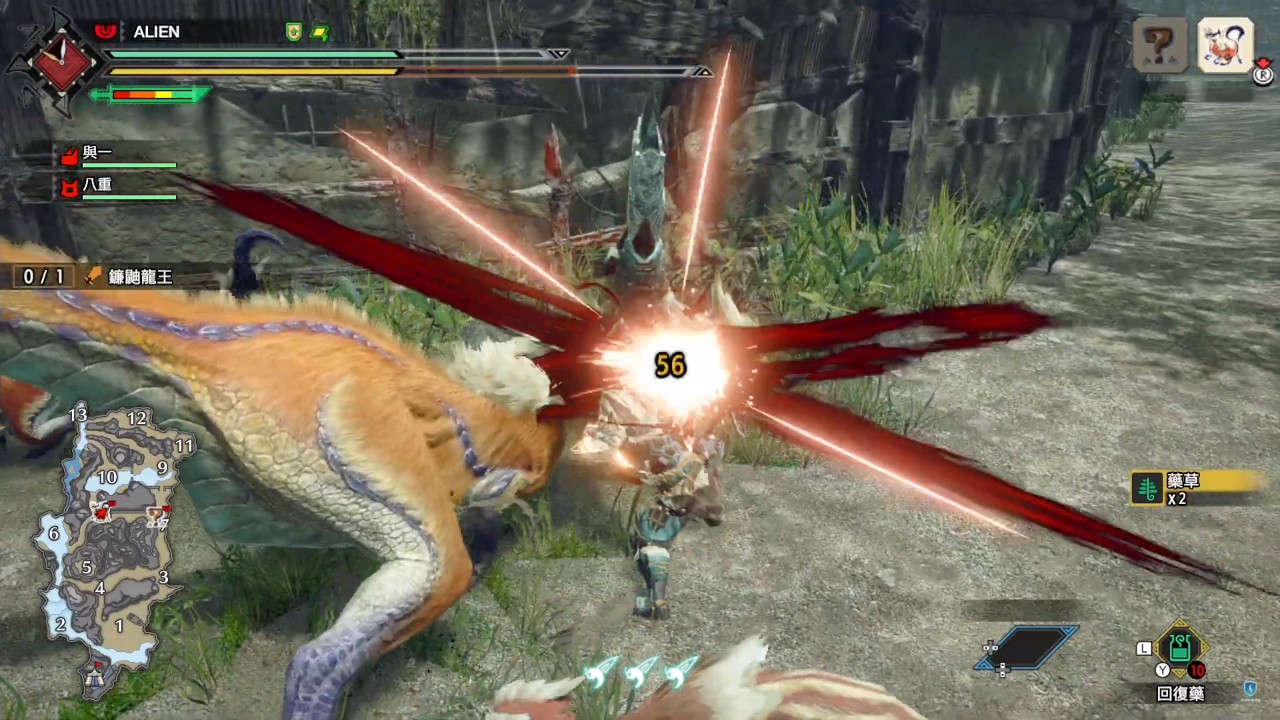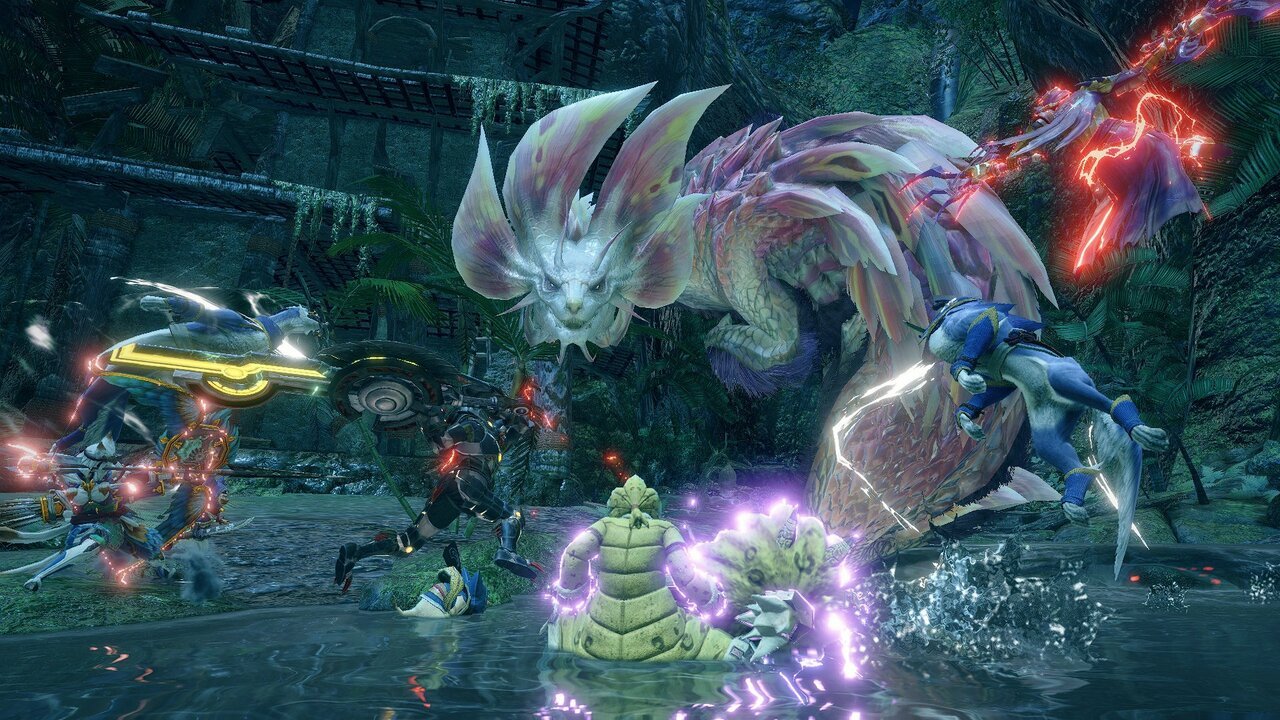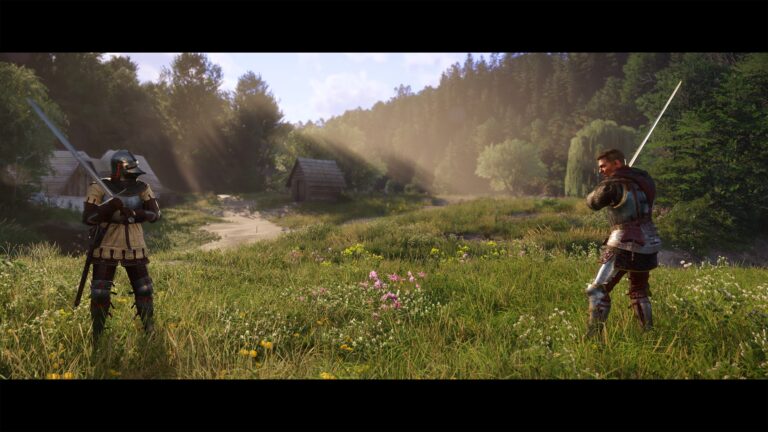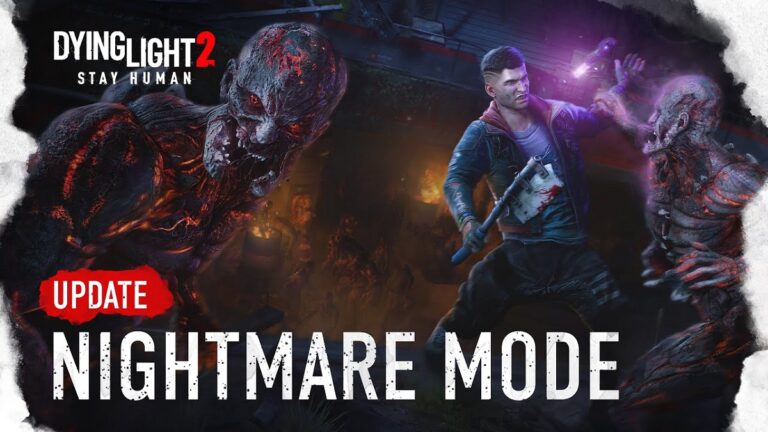Since Monster Hunter World’s release in 2018, I have been fully on board the Monster Hunter train. I have poured days of my life over monster strategies, armor builds and study of the massive creatures themselves. Few games have brought me as much satisfaction as Monster Hunter World. So when Capcom officially unveiled Monster Hunter Rise for the Nintendo Switch, I was beyond excited.
Having now tried Rise’s demo, it’s safe to say it is quite generous to players. As with Generations Ultimate before it, players will be able to take on three monsters that scale in difficulty. The Great Izuchi is the beginner-level threat, Mizutsune acts as the intermediate challenge, and the newly-added Magnamalo serves as the Advanced difficulty monster. Using one of Rise’s 14 weapons, players will take on one of these beasts and attempt to slay them in battle.
During my time in the demo I found myself gravitating to the dual blades and the trusty bow and arrow. I was surprised to find how similar the controls in Rise are to those in World, having expected to relearn controls and button placements. Fortunately, that wasn’t the case as my muscle memory took over and I took out the Great Izuchi with ease. Fighting Mizutsune acts as a fun yet simple challenge, as the fight forces players to adapt to the new systems and makes for a satisfying fight, especially when playing with friends. Magnamalo, on the other hand, is merciless in nature and will require dozens of attempts to learn his move set in order to best him.
Magnamalo is more than happy to knock out players in one hit if they are not careful and uses the new Hellblight to inflict additional damage. On top of that, his fight has a 15 minute time limit that will test solo players and teams of four alike. Magnamalo is sure to keep fans busy until the release of Monster Hunter Rise later this month.
The biggest hurdle to overcome was figuring out the new Wirebug traversal system. The Wirebug is a new tool that not only adds verticality to the world, but also deepens the already complex combat system. Players can swing their way up onto buildings and nature itself to launch themselves up to previously unavailable places, or use the Wirebugs to dash great distances and leap out of harm’s way. The tactical options and potential for exploration that this new verticality brings with it are much appreciated.
Wirebugs will also affect weapons through the addition of Silkbind attacks. These attacks are different for each weapon, and being able to use them while on a team makes strategy and team-building much more important than in World. I found my personal favorite was the dual blades’ “Piercing Bind”, which entails piercing the targeted monster with a kunai and linking the player to said monster while causing extra damage. In addition to that ability and a dashing strike attack, the dual blades will also have access to some astounding combos.
The Wirebugs not only bring with them new weapon combos but also, for the first time, the power to exert direct control over monsters. World introduced turf wars with another monster, meaning that as a player was fighting their target, another monster would sometimes wander into the fight. This could either make the fight easier or more difficult depending on how the AI felt that day. Regardless, in most cases it showcased some of the best moments Monster Hunter World had to offer.
Monster Hunter Rise takes turf wars one step further by adding a third monster into the fray. With this new level of challenge, having the ability to use one’s Wirebug and mount a monster to use as a temporary ally was a welcomed addition. Once players have seized control of the monster, they are able to perform light and heavy attacks, as well as run the monster into a wall for major damage. At times, however, it did feel a little clunky and I was unsure how to best utilize this ability.
Capcom does give players a tutorial on how the new Wirebug system works, but like other Monster Hunter systems it is up to the player to test and experiment with new tactics that will make them a better hunter. This is in my opinion a near-perfect distillation of Monster Hunter’s major appeal: having the freedom to create armor builds and loadouts that will benefit me in each and every fight. Thus, Rise seems to be building upon what made World fantastic in this regard.
Unfortunately, Monster Hunter Rise’s demo only allows for preset builds that cannot be upgraded or modified in any way, so it was hard to see what kind of quality of life improvements are coming. However, with what Capcom have revealed thus far, it is looking as if Monster Hunter Rise is going to be just as accessible for newcomers while keeping the complexity for long time fans.
One of the more notable improvements in the demo was the introduction of the Palamutes. This distinctly Monster Hunter take on man’s best friend grants players the ability to ride across vast open areas in a flash, along with aiding players in battle alongside their trusty Palico whether fighting solo or with a friend. Palamutes can help quickly hunt down a target and consume items or sharpen weapons at the same time. In all honesty, the Palamutes seem to have been inspired by Monster Hunter World: Iceborne’s Raider Rides.
Speaking of playing with a friend, I played mostly ad-hoc which worked flawlessly when we would play across the house from each other. Online worked flawlessly as well, and I played on a wireless connection both docked and in handheld mode.
Among its many strong qualities, Monster Hunter World is renowned for the gorgeousness of its environments and creatures. Given that the Switch has significantly less power than the 8th generation of consoles, I was a little worried about how Monster Hunter Rise would look and run on Nintendo’s hybrid system. To my relief, I ran into little slowdown as Rise stays at a mostly smooth 30fps, rarely dipping below that in my experience.
Part of this might have to do with how Monster Hunter Rise utilizes the RE Engine to great effect. Environments are well rendered and textures look detailed in general, aside from the flat vines on some rock formations. Meanwhile, all three of the main monsters look menacing and immediately recognizable, unlike in Generations Ultimate. With such a promising and refined engine at its disposal, it’s not surprising that Rise looks incredible on the Switch.
Now that I have about five hours in the demo under my belt, I feel confident in saying that Monster Hunter Rise looks like a worthy successor to Monster Hunter World that should keep fans busy for hundreds of hours, both on the go and at home. Monster Hunter Rise is set to release exclusively for the Nintendo Switch on March 26th.
No related posts.



